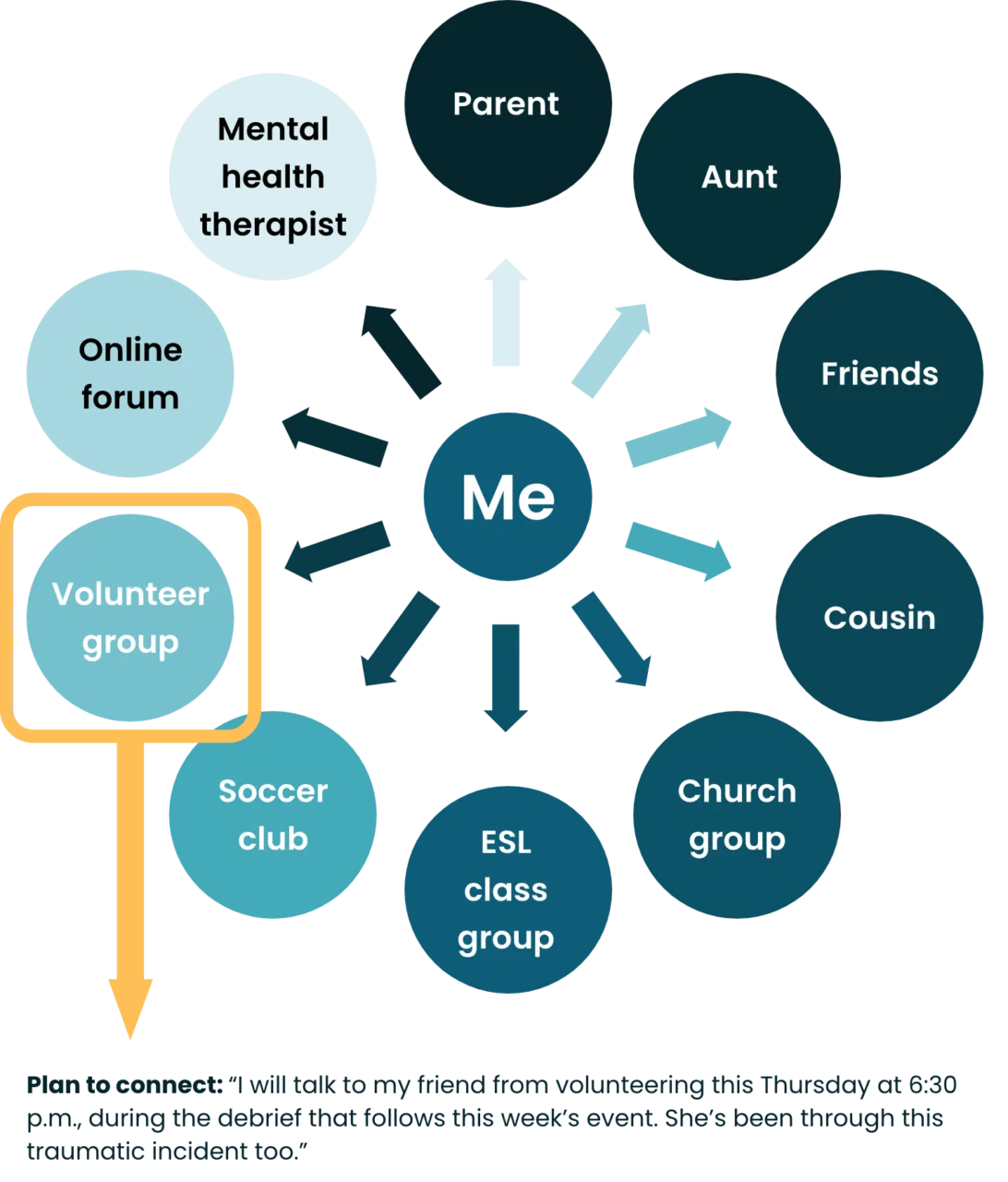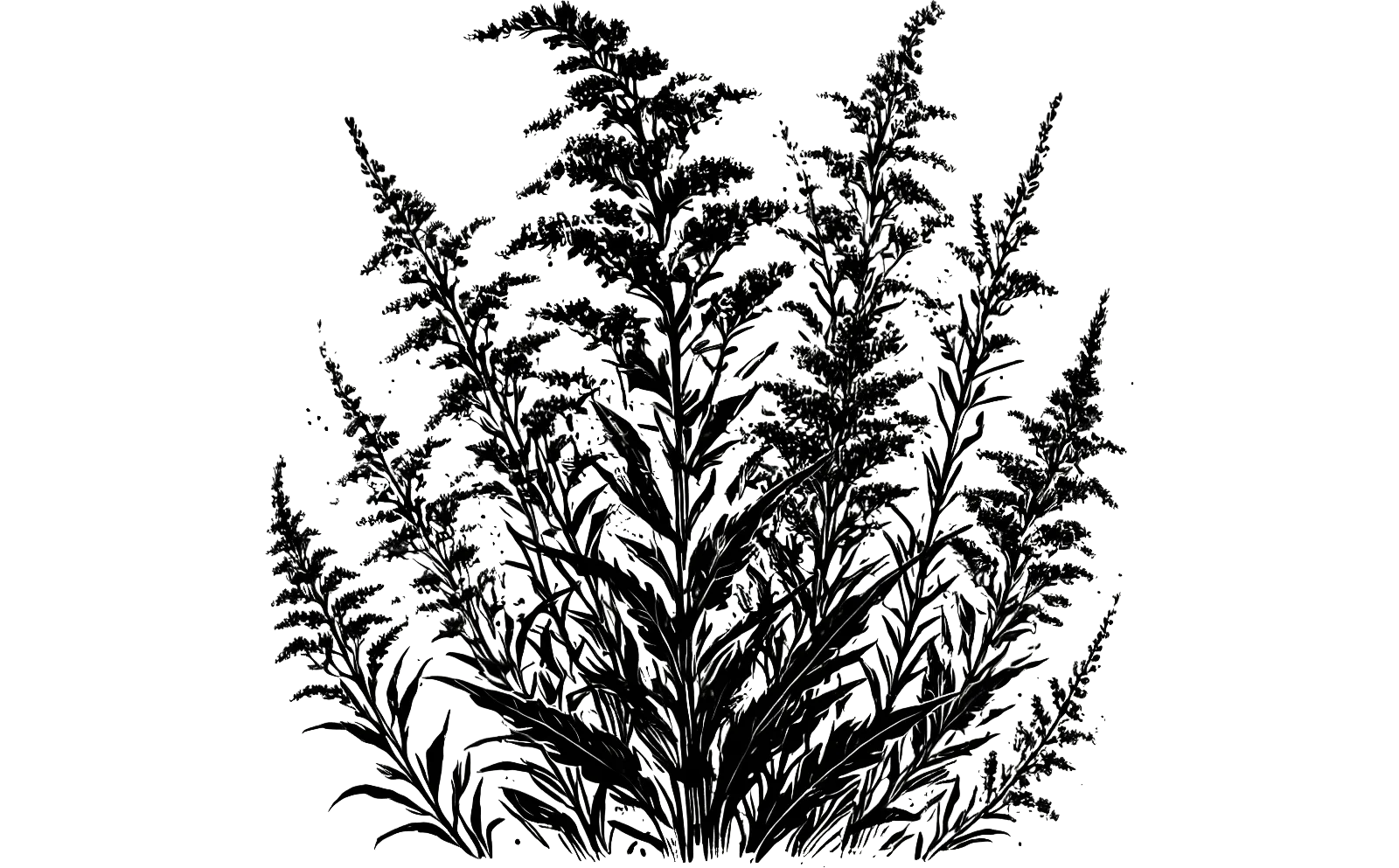During and after a traumatic event, we need other people. Relationships are key to helping individuals and communities heal after something bad happens.
- Social connections can reduce the impacts of trauma. They let us lean on others during our times of greatest need.
- Strong relationships can bring people together, even those who feel alone or excluded.
- Social connections take time and energy to build and maintain.
It’s worth investing in trusted relationships. When they are formed, those who have experienced trauma can feel supported and find hope for their future.
How can I build social connections after trauma?
- Look at your current relationships:
- Think about the people who are already in your life.
- This might include family, friends, co-workers, or neighbours.
- Ask yourself: Can I turn to them for support?
- Find community social supports:
- Are there nearby groups and organizations you can join?
- Look for clubs, groups, teams, committees, online forums, and more.
- Connect with cultural and identity-based organizations:
- Are any groups related to your culture, identity, or religion?
- This might include family, friends, and others who share your values or beliefs.
- Map out your social connections:
- Write down or draw a diagram of the connections you have just identified.
- Include people and groups from across your personal, community, and cultural areas.
- Plan to connect:
- Select one connection to reach out to first.
- Make a plan to do that using the S.M.A.R.T. method: Specific, Measurable, Achievable, Relevant, and Timely.
Example of a social connections map

